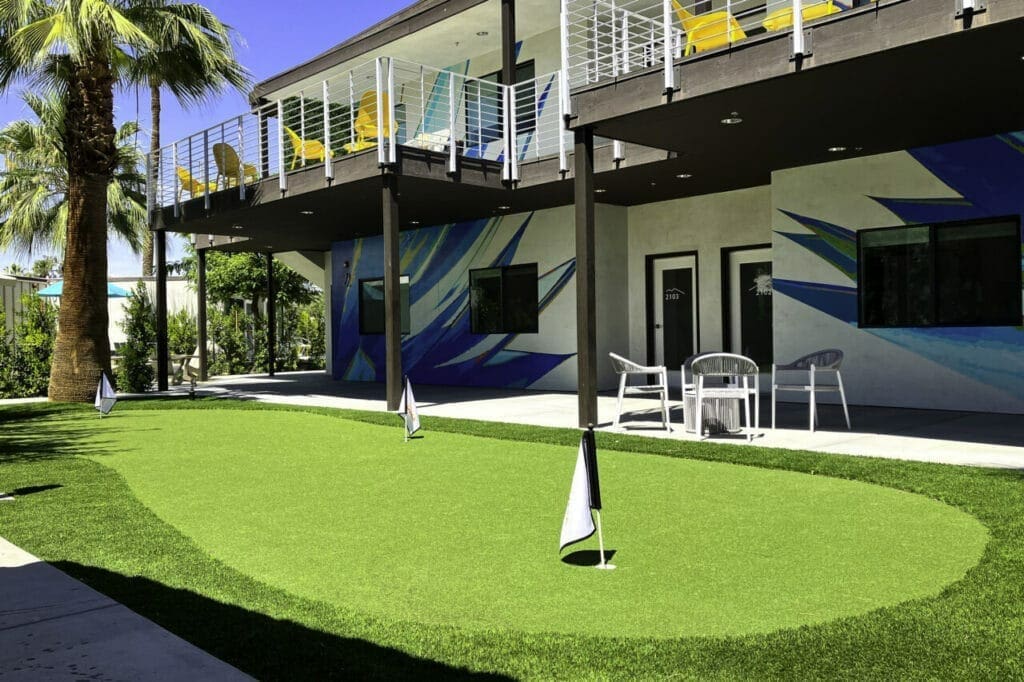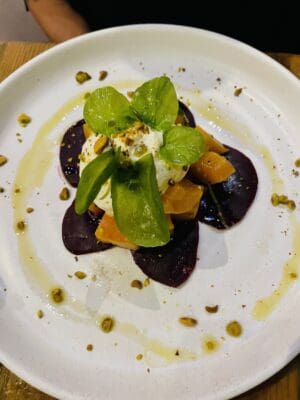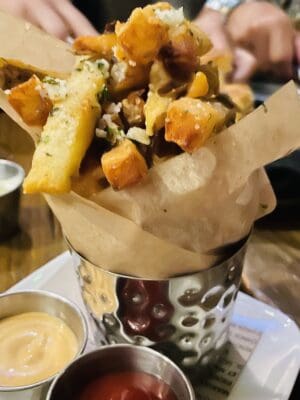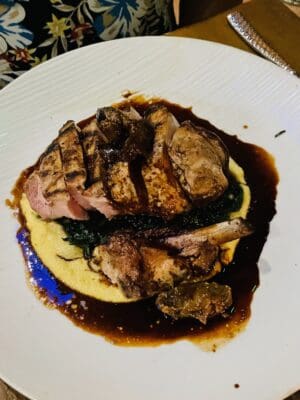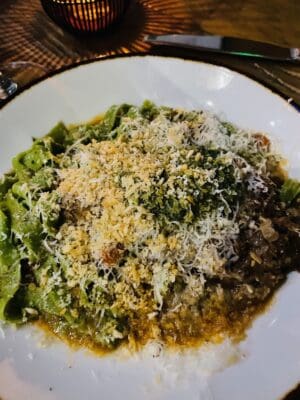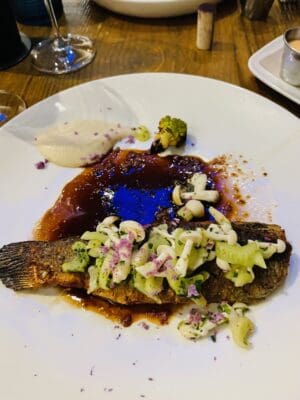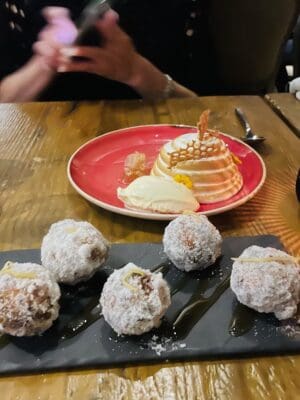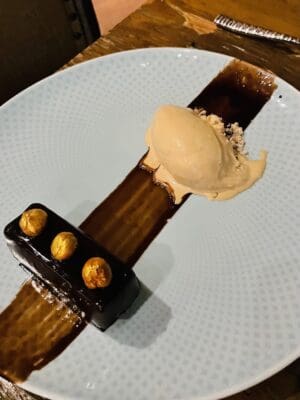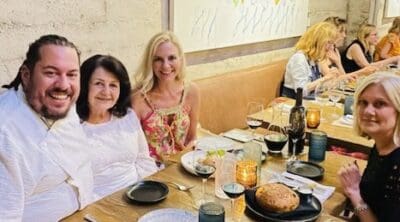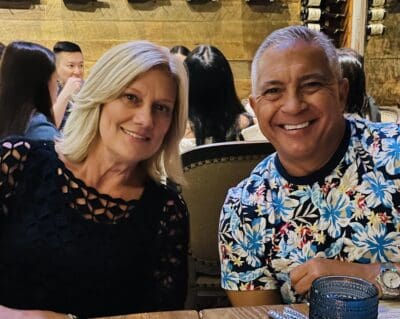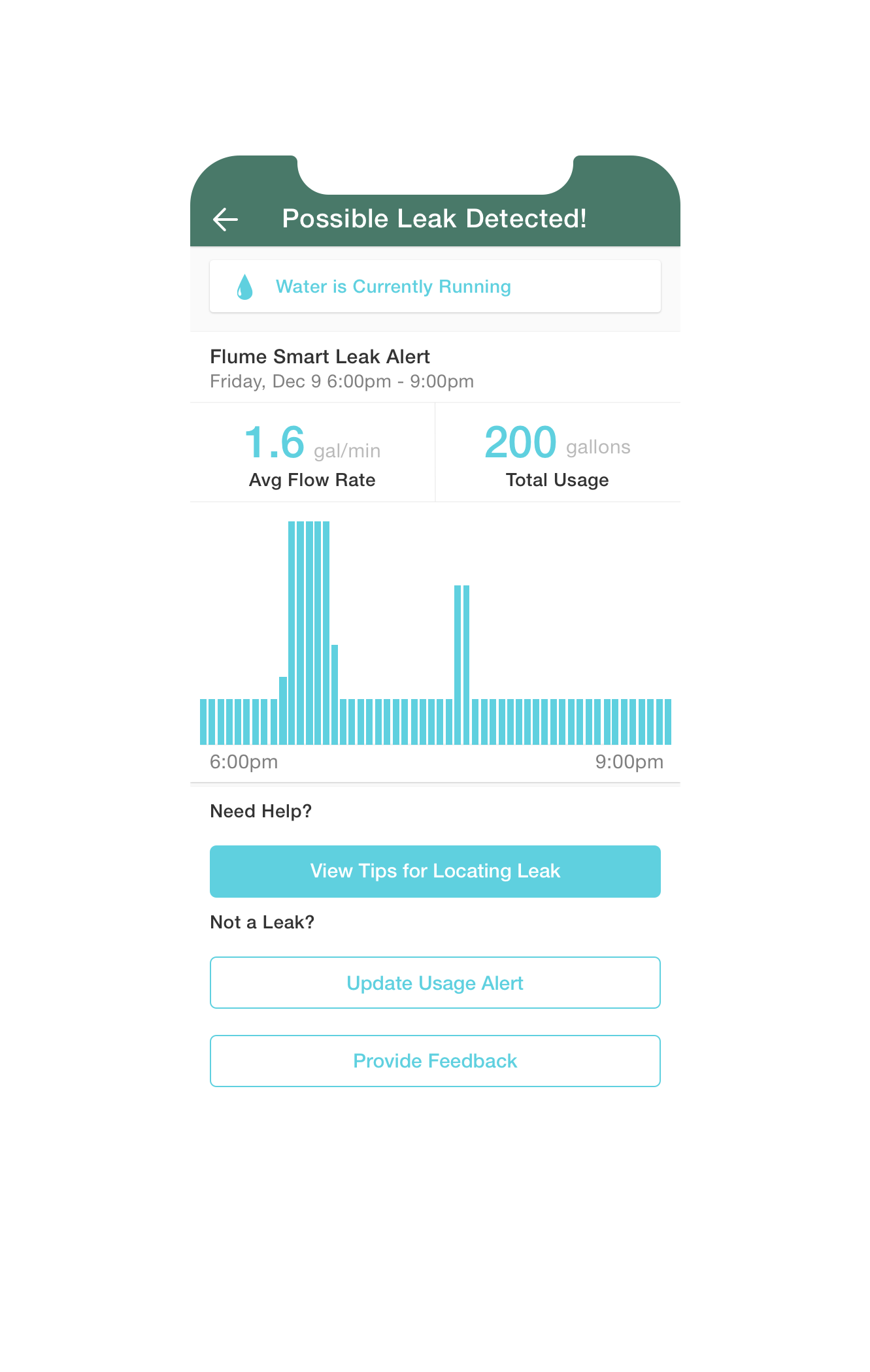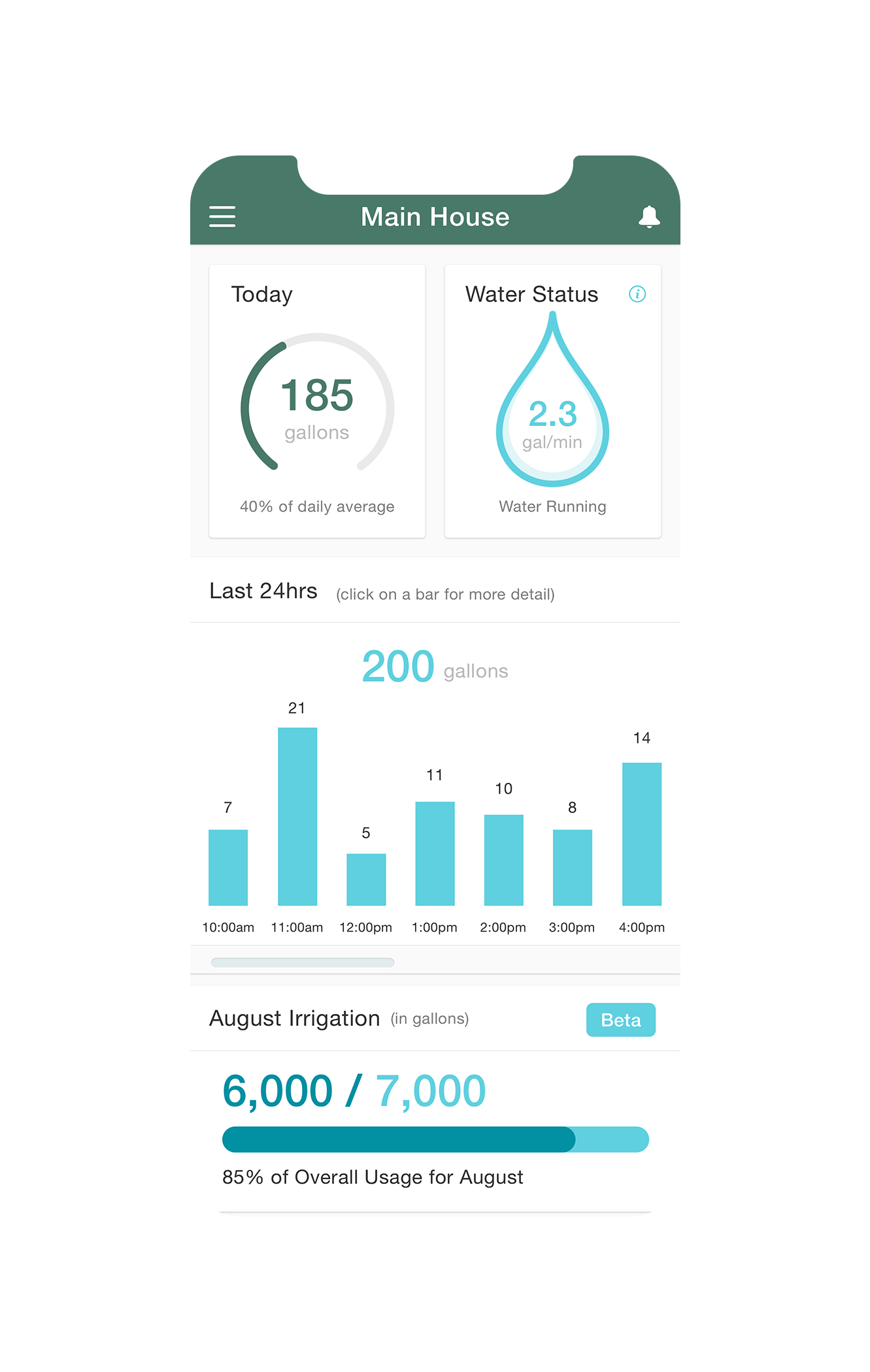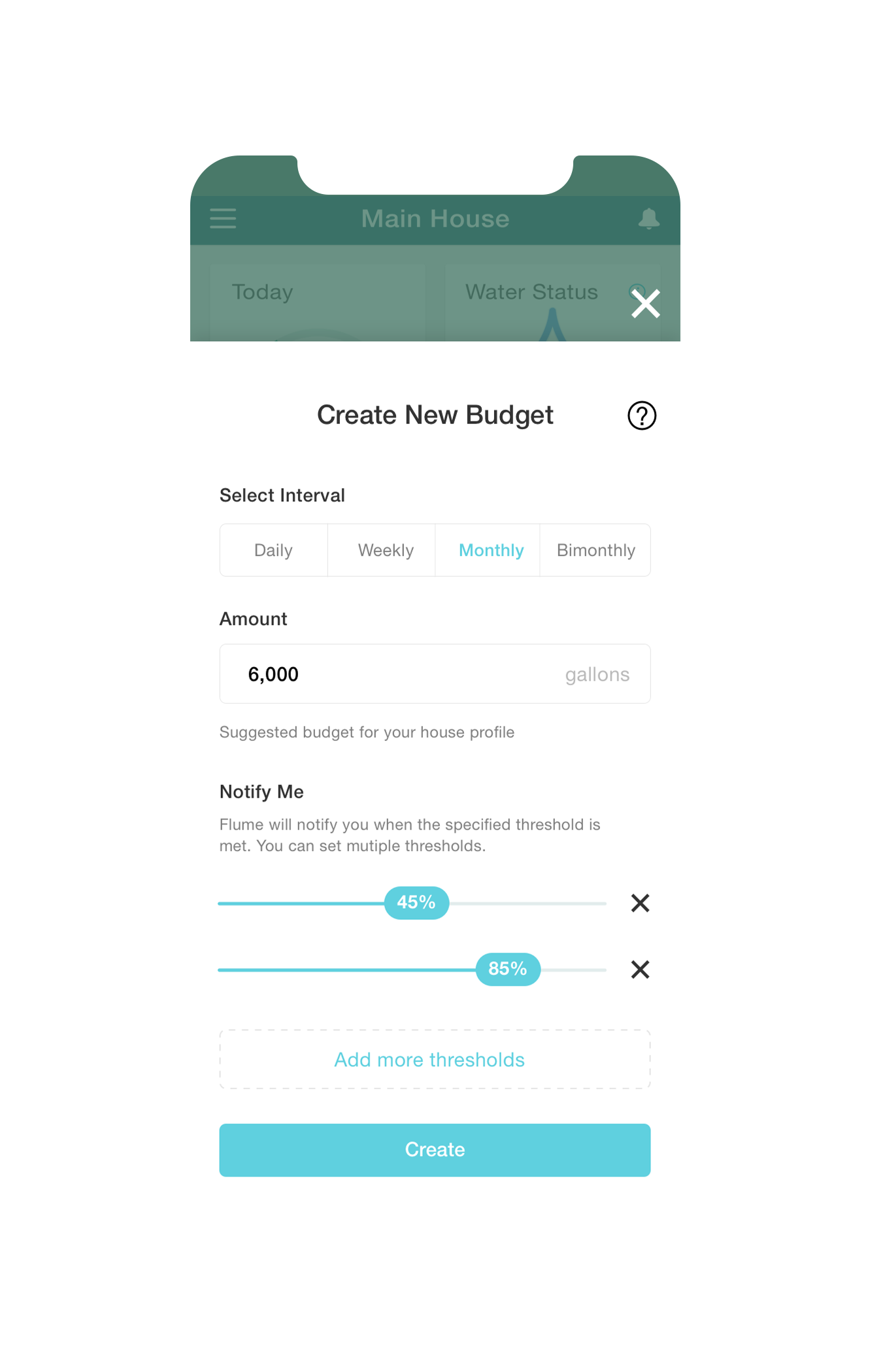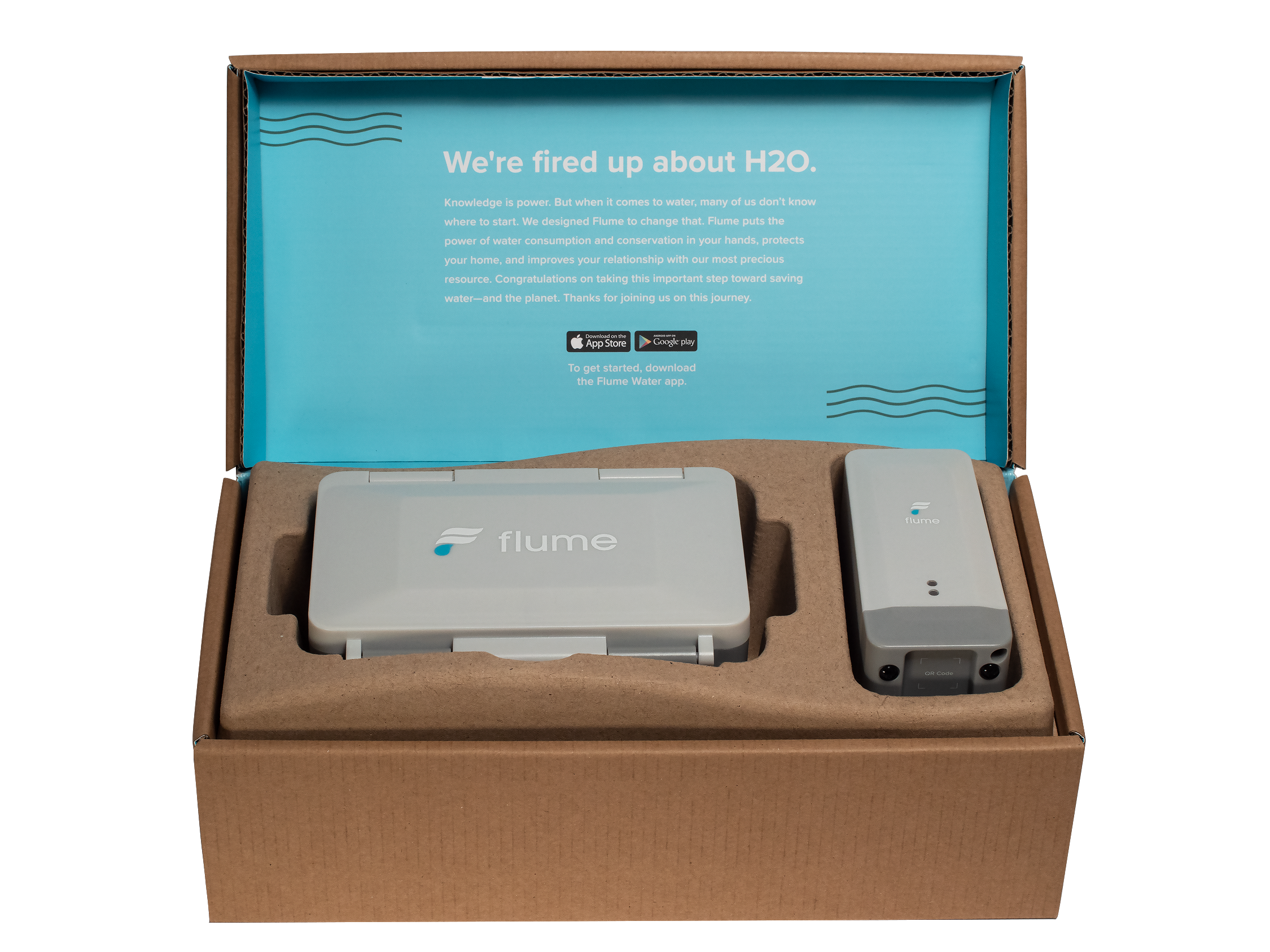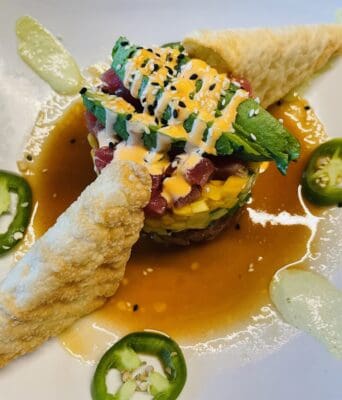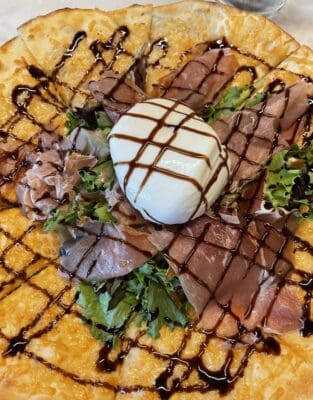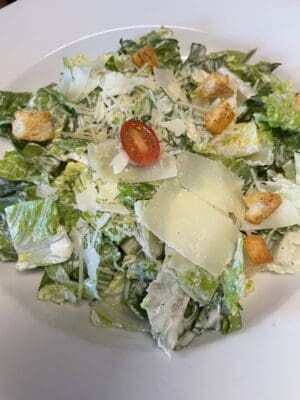Tommy Bahama Miramonte Resort & Spa Brings Island Style to Indian Wells
For 30 years, Tommy Bahama has created a world where the sun always shines, the drinks are always cold and easy, and breezy styles are always in season. Now, they’re bringing that daydream to life with a new resort.
Courtesy of Palm Springs Life

Renowned lifestyle brand Tommy Bahama has expanded its world of relaxation with the launch of Tommy Bahama Miramonte Resort & Spa, located in the heart of Indian Wells.
Following an extensive renovation and redesign that blends island living with desert luxury, the transformed resort sits on 11 expansive acres of olive trees and citrus groves, with sweeping views of the Santa Rosa Mountains.
The 215 guest rooms and re-imagined villa suites are infused with a tropical aesthetic.
Distinguished for its exceptional hospitality, the elevated wellness retreat features the relaxing Spa Rosa, a restaurant called Grapefruit Basil that serves brunch and dinner every day, three saltwater pools, and a lively pool bar called Chiki Palm.
“Our first-ever resort has been 30 years in the making,” Tommy Bahama CEO Doug Wood says. “From welcoming you with our world-class hospitality to inspiring you with elevated details, we can’t wait to share this unique experience with you.”
- READ NEXT: Hotels to book in Greater Palm Springs.















